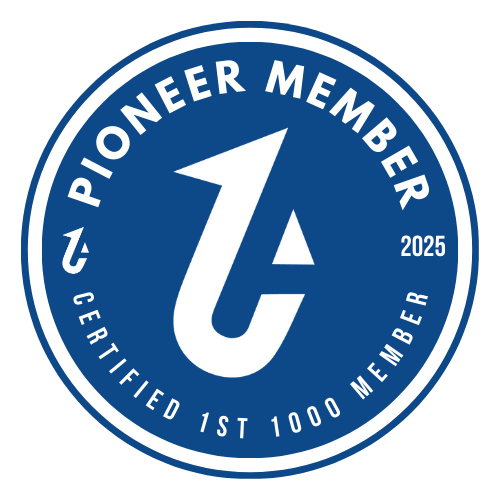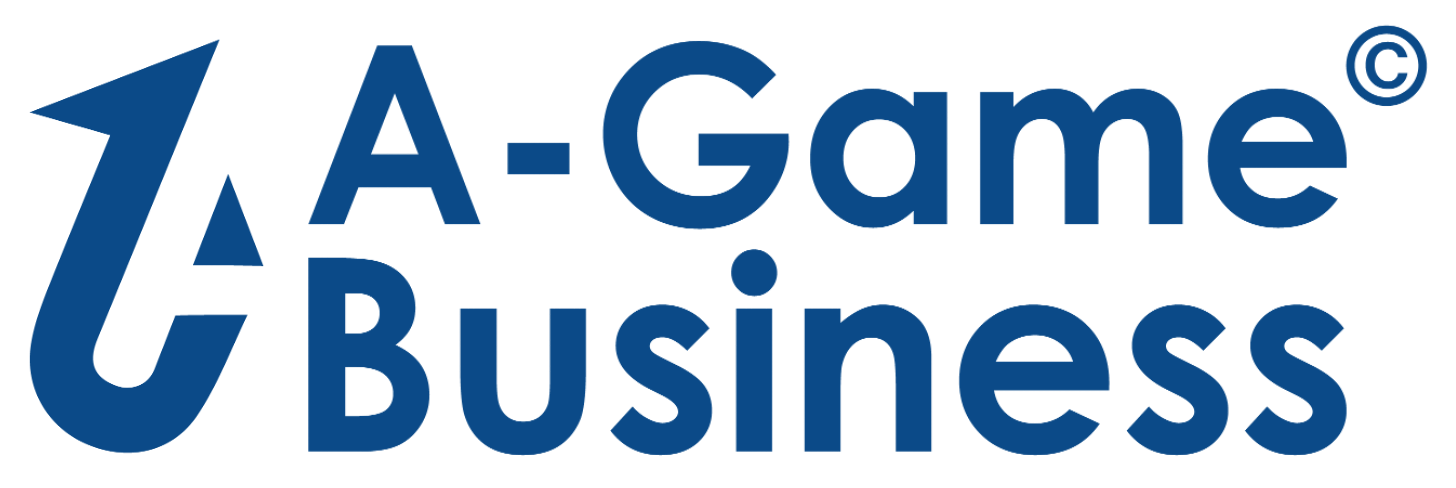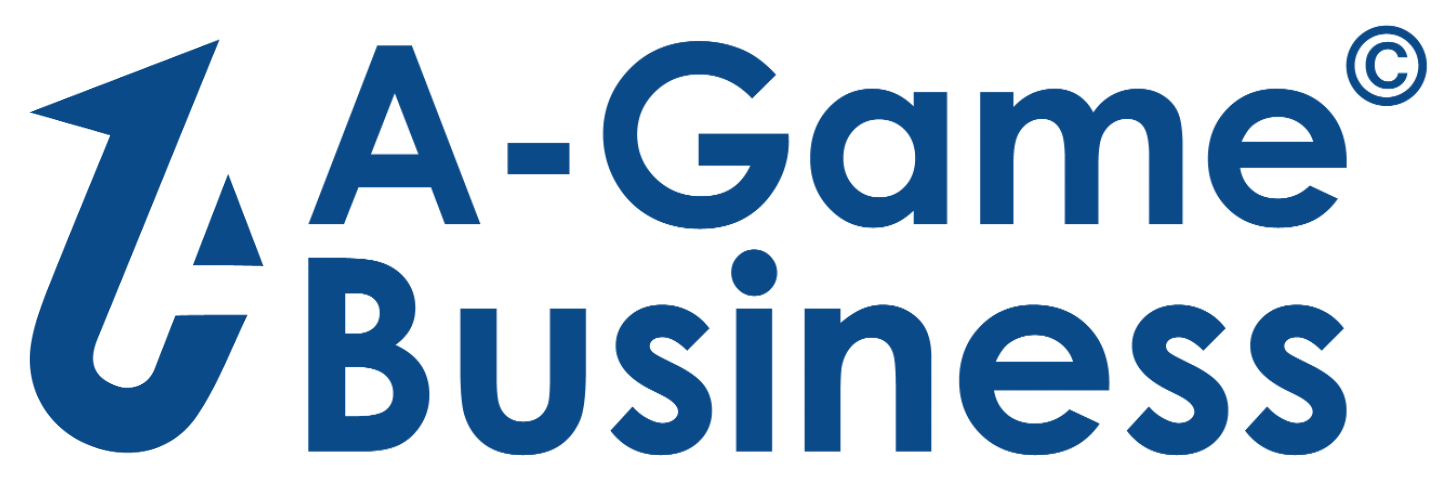![]()
Tayla-Michelle Bestbier
- · Standard
-
·
 Pioneer Member
Pioneer Member
 Verified Member
Verified Member
-
 2 connections
2 connections
-



M
6 followers
- 546 views
When “Fun” at Work Isn’t Fun at All
Creating a great place to work is important. But let’s talk about the flip side of companies that chase a "fun culture" at the expense of everything else.
Ping pong tables, dress-up days, and quirky Slack emojis don’t automatically make a workplace engaging or psychologically safe.
I’ve seen several clients and even worked in companies that have tried to boost engagement and lift morale by leaning into fun. The intention was good, but the outcome often missed the mark. Why? Because it lacked depth and was used more as a band-aid to fix employee morale. There was little alignment with purpose, collaboration, or what success actually looks like in their context.
And when:
Employees are overworked but expected to "smile and participate," real issues like poor leadership or unclear communication are pushed aside, or “fun” becomes another item on the to-do list; it starts to feel performative, not energising.
People want to feel seen, heard, and connected to something meaningful, not just entertained.
Real culture is built on trust, purpose, and human connection. If that foundation is in place, fun follows. If not, no amount of Friday cupcakes will fix it.
Since the dawn of the internet, the business landscape has been changing faster than ever, now, with Artificial Intelligence (AI) adding another layer of complexity and opportunity. In this environment, “learning agility” has become a game-changer for leaders and organizations alike. Research by Korn Ferry shows that leaders who exhibit high learning agility can be up to 25% more effective than their peers. They adapt quickly, innovate fearlessly, and thrive under changing conditions. In short, agile people forge agile teams, which build agile organizations, the ones ready to leverage AI for sustainable success.
Where Agility and AI Converge
AI promises new efficiencies, data-driven insights, and breakthrough innovations, but only if we can adapt quickly enough to harness its potential. It’s one thing to acquire cutting-edge technology; it’s another to have a workforce ready and willing to integrate AI into everyday operations. Agile organizations are better positioned to:
- Adopt AI Tools Swiftly: Pivot existing roles and develop new ones to support AI initiatives.
- Upskill and Reskill Continuously: Train employees to interpret AI-driven insights and adapt them to real-world challenges.
- Experiment and Innovate: Leverage AI prototypes and pilot programs to find creative solutions.
When a company encourages learning agility, teams see AI not as a threat but as an opportunity to expand their capabilities. This mindset fuels faster AI adoption and more impactful results.
The Five Forms of Agility
Cultivating learning agility for an AI-driven world means focusing on five core areas:
- Mental Agility – Staying curious and open to the possibilities AI brings. Rather than fear complexity, agile thinkers use data and insights to spot new patterns and opportunities.
- People Agility – Engaging diverse perspectives to amplify AI initiatives. Collaboration across different backgrounds (technical and non-technical) ensures that AI solutions are practical, inclusive, and far-reaching.
- Change Agility – Embracing new ways of working. AI often reshapes roles and processes, and agile individuals lean into these shifts, turning disruptions into stepping stones for growth.
- Results Agility – Delivering measurable outcomes, even when AI-driven projects feel experimental. Agile teams pivot fast, learn from small failures, and keep the big picture in focus.
- Self-Awareness – Recognising personal strengths and development needs in an AI context. By seeking feedback and being honest about what we don’t know, we can more quickly close the gap through targeted learning and training.
Building an AI-Ready, Agile Workforce
1. Measure & Align
- Assess the current level of agility across your organisation.
- Align those insights with both your business strategy and your AI strategy, where are the gaps? How do you close them?
2. Refine Talent Strategies
- Place high-agility talent in critical AI-related roles to champion new technology.
- Be prepared to rotate or upskill employees; AI evolves quickly, and so should your team.
3. Coach for Growth
- Provide ongoing coaching for leaders and employees.
- Encourage them to treat AI projects as learning opportunities, where experimentation and iteration are rewarded (1).
4. Embrace Diversity & Inclusion
- AI is only as good as the data and perspectives that shape it.
- Bringing varied backgrounds and viewpoints to AI projects reduces bias and sparks creative applications (3).
5. Use Technology Wisely
- Invest in collaboration platforms and remote-work solutions that integrate with AI tools.
- Remove technical barriers so teams can rapidly access and apply AI-driven insights.
The Power of Workforce Agility
Workforce agility—the ability to quickly and efficiently reorganise employees to different roles—amplifies your AI initiatives. By having a roster of adaptable, future-focused talent, you can capitalise on every new AI opportunity that arises. It means shifting from “Do we have the right technology?” to “How fast can we align our people with this technology?” That’s the real competitive edge.
Case in Point: ING’s Agile Transformation
A great example of how shifting to an agile structure paves the way for modern technology, like AI, can be found in ING Bank. Around 2015, ING reorganised employees into small, cross-functional squads and “tribes,” with the autonomy to innovate and iterate quickly (7). This model removed silos and sped up collaboration, enabling teams to adopt data analytics and other emerging tools more effectively. The result? Faster time-to-market for new products, higher employee engagement, and a work culture where learning agility naturally flourishes, laying a solid foundation for future AI initiatives.
Ready to Pivot & Prosper?
Leaders everywhere are realising that the real differentiator isn’t just having AI; it’s having people who can leverage AI effectively. By integrating the five forms of agility into your culture and strategies, you prepare your workforce to pivot whenever market conditions shift—and to prosper by embracing the transformative power of AI.
So, how is your organisation levelling up its learning agility and workforce agility for the AI era? If you make these capabilities a priority, you’ll be tapping into a wellspring of untapped potential that keeps you ahead in an ever-changing world.







